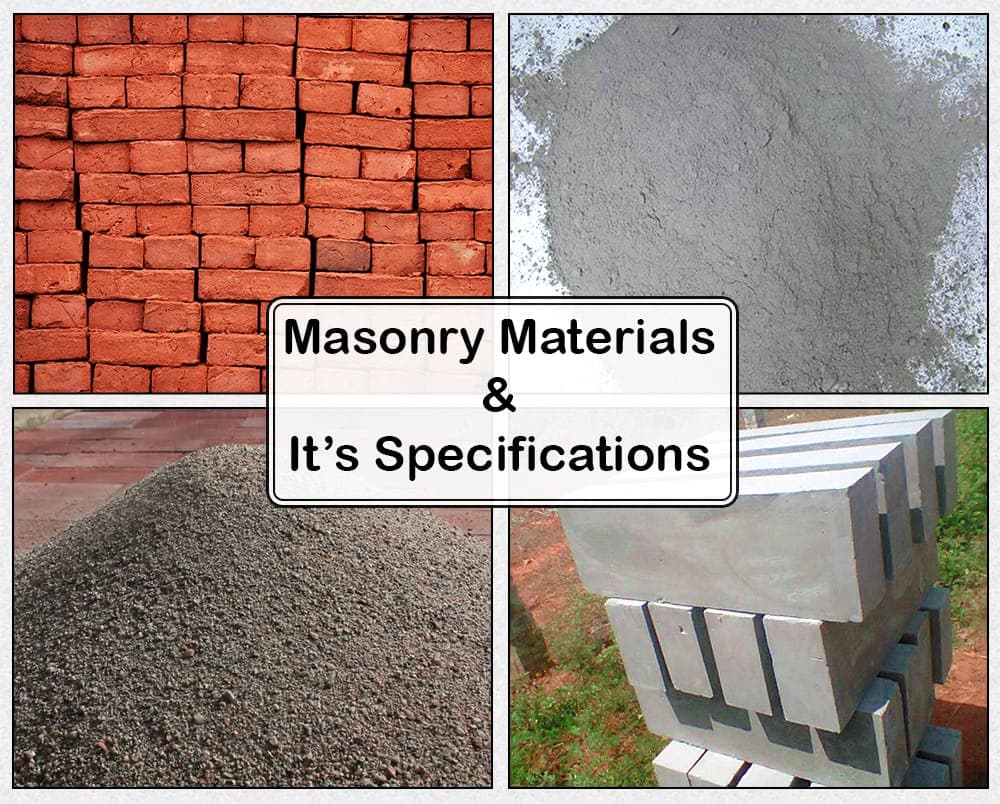
Masonry work is one of the uppermost crafts and one of the oldest. It has built itself the great reputation as one of the premier traditional materials of the building. Even though new method of construction and new materials become prominent in building construction practices, masonry has got the highest importance in building industry.
Earlier, the use of masonry construction had its limitations in multistoried buildings. However, extensive research, including large scale testing, has been carried out in regard to the behaviour of masonry which has enabled engineers to design tall masonry structures on sound engineering principles with greater exactitude, economy and confidence.
Materials used in masonry depends on local availability of masonry units and its cost.
Multiple Benefits of Masonry
Masonry can be defined as the construction of building units bonded together with mortar. The building units may be bricks, stone or precast blocks of concrete. Masonry is generally used for the construction of foundations, walls, columns, and other similar structural components of buildings. The basic advantage of masonry construction lies in the fact that in load bearing structures, it performs a variety of functions such as,
- supporting loads,
- subdividing space,
- providing thermal and acoustic insulation,
- affording fire and weather protection etc., which in framed structure has to be provided separately.
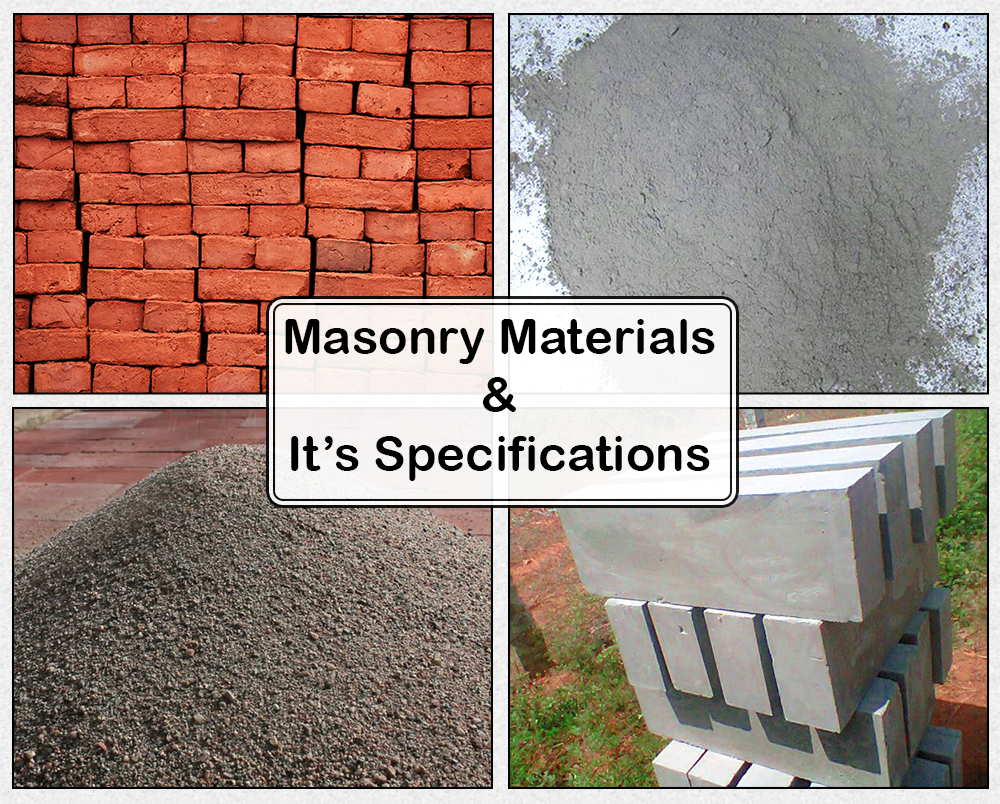
Also Read:
Benefits of Masonry in House Construction
Different Types of Masonry in Construction
Materials Used in Masonry Work
01. Cement
02. Sand
03. Masonry units Like
(a) Bricks
(b) Cement Concrete blocks
(c) Light weight blocks
(d) Stone -rubble
01. Cement
The cement should be ordinary portland cement (OPC) conforming to IS. Usually OPC- 43 grade cement is used in masonry. Approved blended cement can be also used for masonry. It is received in bags of 50 kg (or in bulk carriers in case of storage in silos) and each batch should be accompanied with test certificate of the factory.
Also, it should be tested before use to ascertain its strength, setting time, etc. In case cement has been stored for over 6 months from date of manufacturer or for any reasons the stored cement shows signs of deterioration or contamination, it should be tested as per the direction of the Engineer before use. If blended cement is used, it should be factory blended only (fly ash only up to 25%). The quality, strength of masonry and plastering work mainly depend on the quality of cement.
So, cement should be tested in field and in laboratory before use. Cement should be checked for field tests like cement brand, manufacturing date, fineness, hardness, floating test and also laboratory tests like soundness, setting time, etc.
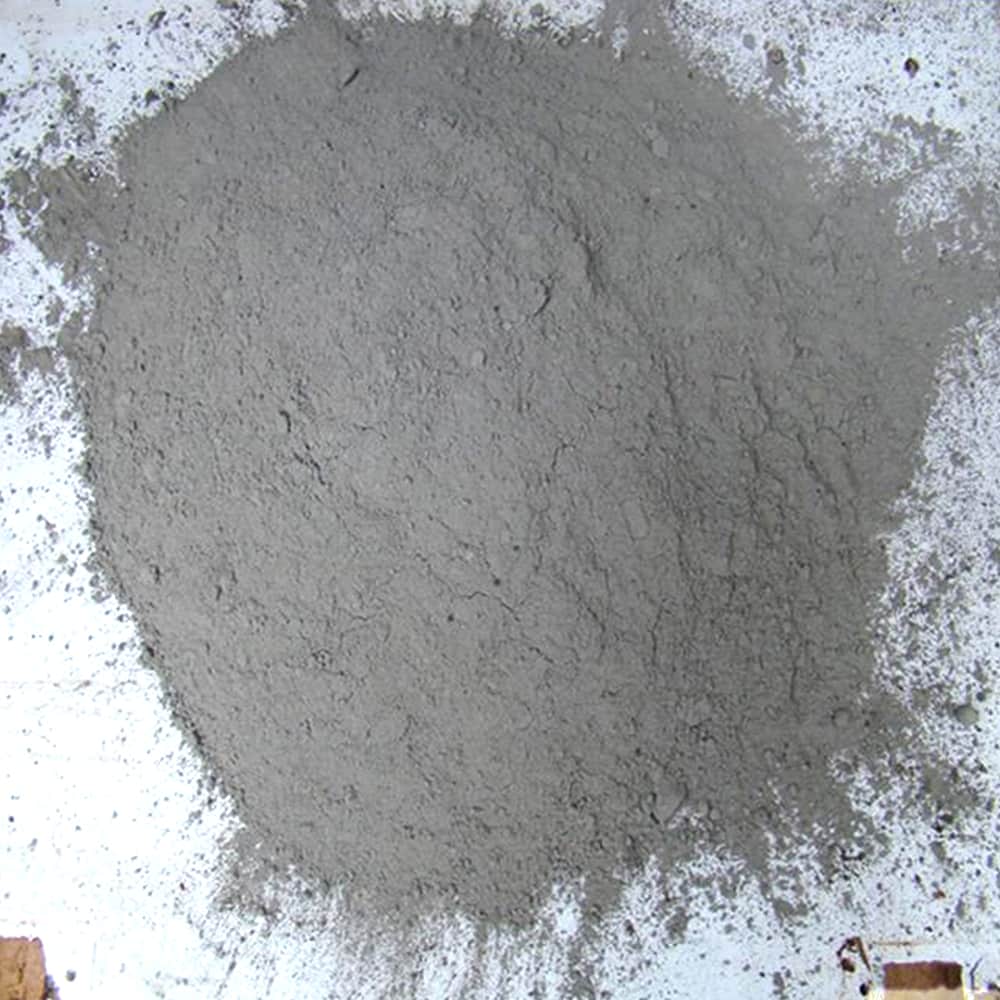
02. Sand
Usually importance of sand is overlooked but sand actually deserves considerable attention, for it affects the compressive strength, bond strength, workability, drying shrinkage, and appearance of mortar.
Sand Shall be well graded, clean, dry, durable, coarse, hard, angular river sand free from adherent coatings of clay, dust and organic matters. And shall not contain any appreciable amount clay. Sand should be tested for silt content. Silt should not exceed 7%. Sand should be checked for bulkage, so that correct quantity of sand will be added and also check for gradation.
The various sizes of particles of which the sand is composed should be uniformly distributed throughout the mass. Sand should not contain harmful impurities such as iron, pyrites, coal particles, lignite, mica shale or similar laminated material, alkali, and organic impurities in such form or quantities so as to affect the durability or strength of concrete or mortar.
The seasonal changes shall be well guarded. Sand should be invariably washed using screw type sand washing machine only if the silt content is not within the permissible limits. River sand should be used. Do not use river sand which is affected by tidal water. Never use sea sand. Also do not use sand which contains the white spotted material and shells.
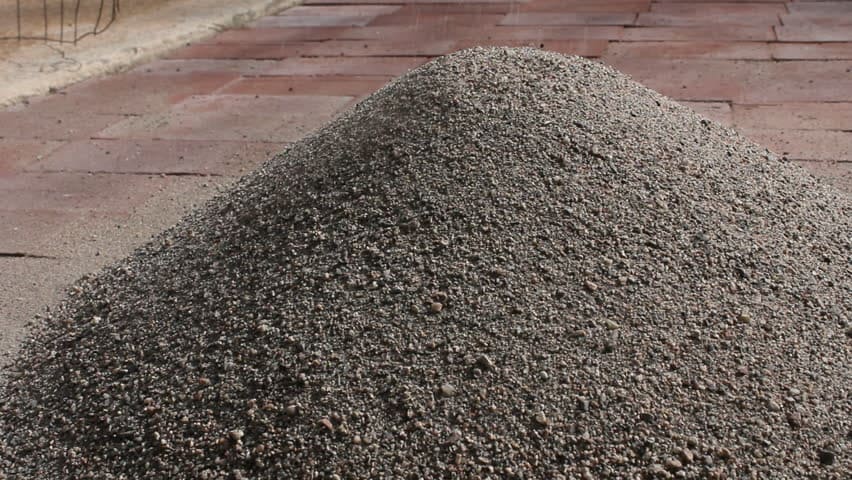
Sieving Screen
Sieving of sand should be done before use. For sieving, it is important to maintain the different sizes of screens for various work. Do not use rusted screens. Screen should be replaced frequently. Big holes due to damage should be replaced immediately. Mechanically operated sieving machine is also used for sand sieving.
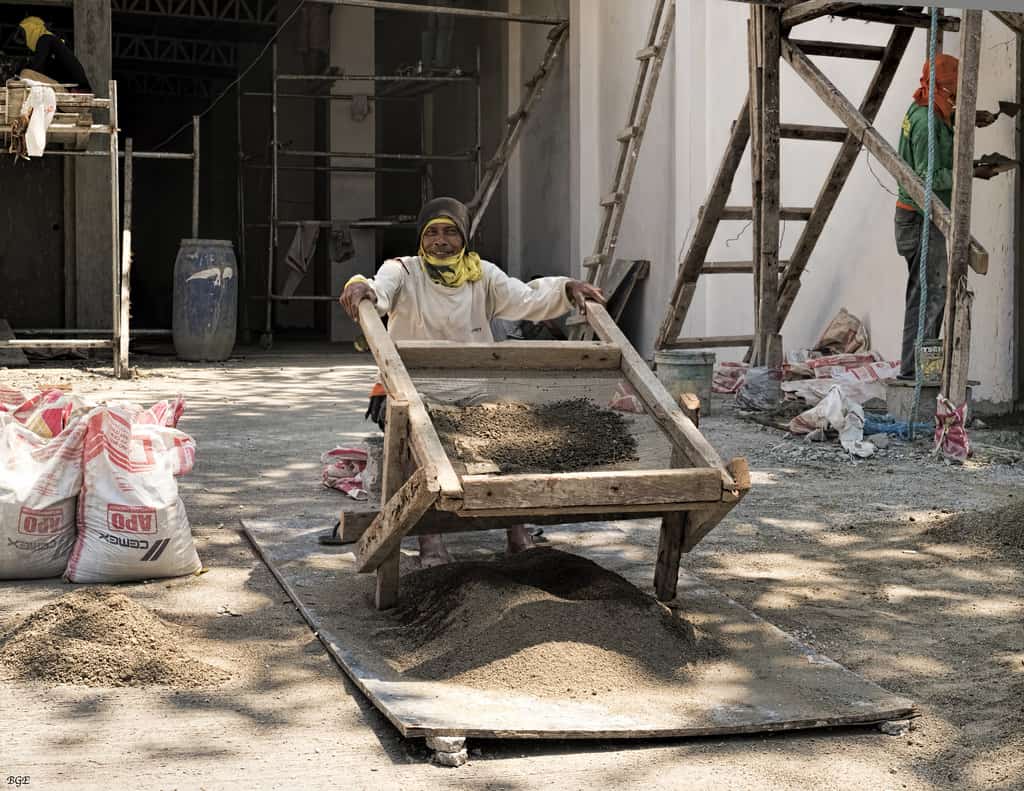
03. Masonry Units
(a) Bricks
Bricks should be checked for size, shape, frog, finishing, colour, soundness, breaking etc. It should have minimum crushing strength of 35 kg/cm2. Brick shall be locally available, fairly uniform in size, with plane rectangular faces, shape and colour. Brick shall be uniformly well burnt so as to give clear ringing sound when struck and shall be free from cracks or other flaws which impair their strength.
They shall show a fine grained, uniform, homogeneous and dense texture on fracture and shall be free from lumps of lime, laminations, cracks, air holes, soluble salts causing efflorescence or other defects which may impair their strength, durability, appearance or usefulness for the purpose intended. They shall have frog of 10 to 20 mm depth. Use bricks which is made from potable water.
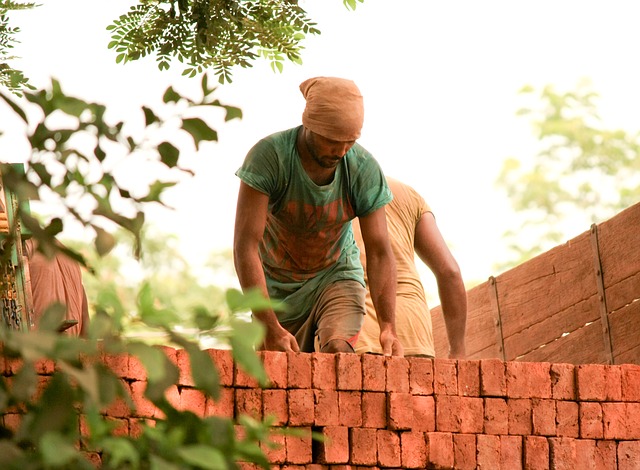
RCC Band
RCC band also plays important role in masonry building. RCC Bands in masonry building are reinforced concrete runner provided in the walls to tie them together and to impart horizontal bending strength in them.
Chicken Mesh
After brick work, plastering is done on brick work to make surface smooth. In plastering chicken mesh is used at joints. Using chicken mesh when plastering effectively prevents plaster layer drying out and cracking. Chicken mesh is available in bundles (in kgs).
Check for Chicken Mesh:
(a) Check 15 mm diameter holes and 20 mm diameter holes for internal and external use, respectively.
(b) Check the weight of each bundle.
(c) Check any rusting of the wires.
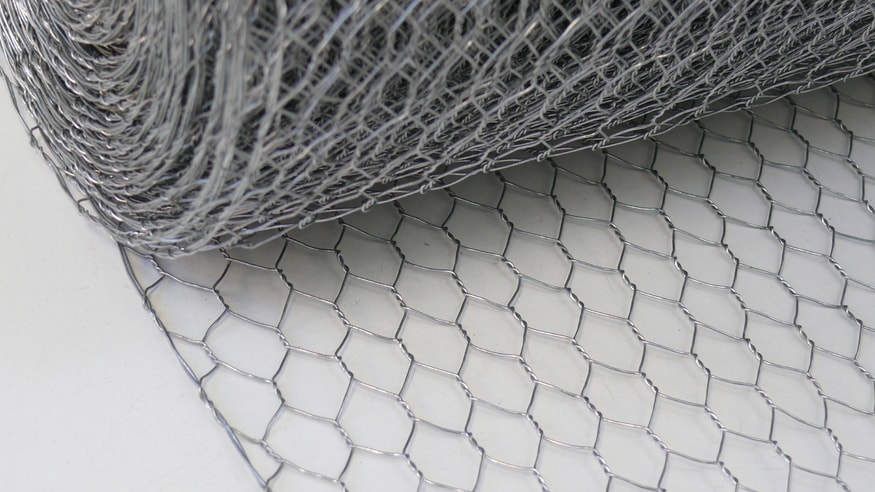
Holdfast
In brick masonry holdfast (with wooden door and window frame) is used. Holdfast shall be made from mild steel flats not less than 5mm thick and without any burrs or dents. Holdfast shall be given a coat of bitumen and sanded. Each holdfast shall be clearly and permanently marked with the name of the manufacturer or his trade-mark any. The product should also be marked with standard mark.
Holdfast is generally bent into Z-Shape to fix or hold the window or door frame to the opening. The horizontal length of holdfast is kept around 20 cm, and is installed in the masonry. It is suggested that minimum two holdfasts on each side of the window frame can be provided. The holdfast should be painted with anti-corrosive paint before fixing. If door or window frame is made from granite there is no need of holdfast.
(b) Cement Concrete (Solid) Block
To avoid confusion with slabs and panels, the height of the block shall not exceed either its length or six times its width. The nominal dimensions of concrete block shall be
Length: 400, 500 or 600 mm
Height: 200 or 100 mm
Width: 50,75, 100, 150,200, 250 or 300 mm.
The variation in the length of the block shall not be more than ±5 mm and variation in height and width of blocks, not more than ±3 mm. The solid concrete blocks are used as load bearing units and should have a block density not less than 1800 kg/m3. The solid concrete block shall have compressive strength in between 40-50 kg/sq.cm.
(c) Light weight block (AAC Block)
It is a light-weight, structural material of stream cured cellular (aerated) concrete. It is available in blocks and large pre-fabricated units for floor, walls and roofs of all types of buildings. Generally, the blocks have thickness of 200 mm, 150 mm, 100 mm. The blocks shall have density in between 650-800 kg/m3. The light weight concrete block shall have a minimum compressive strength of 35 kg / sq.cm. and bending compression 15 kg / sq.cm.
Also Read:
Can We Use AAC Blocks in Load Bearing Structures?
The Shocking Truth about Life of AAC Blocks vs Red Bricks!
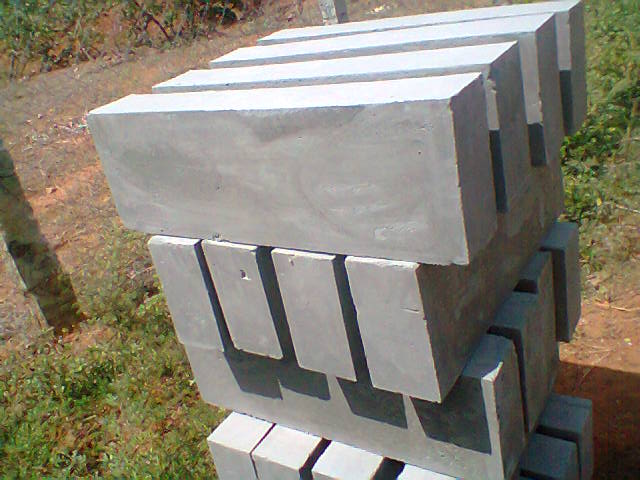
(d) Stone-Rubble
Stones for masonry work should be tested for different field tests like colour, appearance, absorption, hardness etc. Stone shall be hard, durable, free from cracks, flaws, sand, holes, veins, patches of soft or loose material, etc. Stone shall be obtained from approved quarry. Normally stone used should be small enough to be lifted and placed in position by hand.
The length of stone shall not exceed three times the height. The height of stone may be up to 30 cms. Stone shall be hammer dressed on faces, the sides and the beds, to enable it to come into close proximity with the neighboring stone. The ‘bushing’ in the face shall not project more than 40 mm on exposed faces and 10 mm on a face to be plastered.
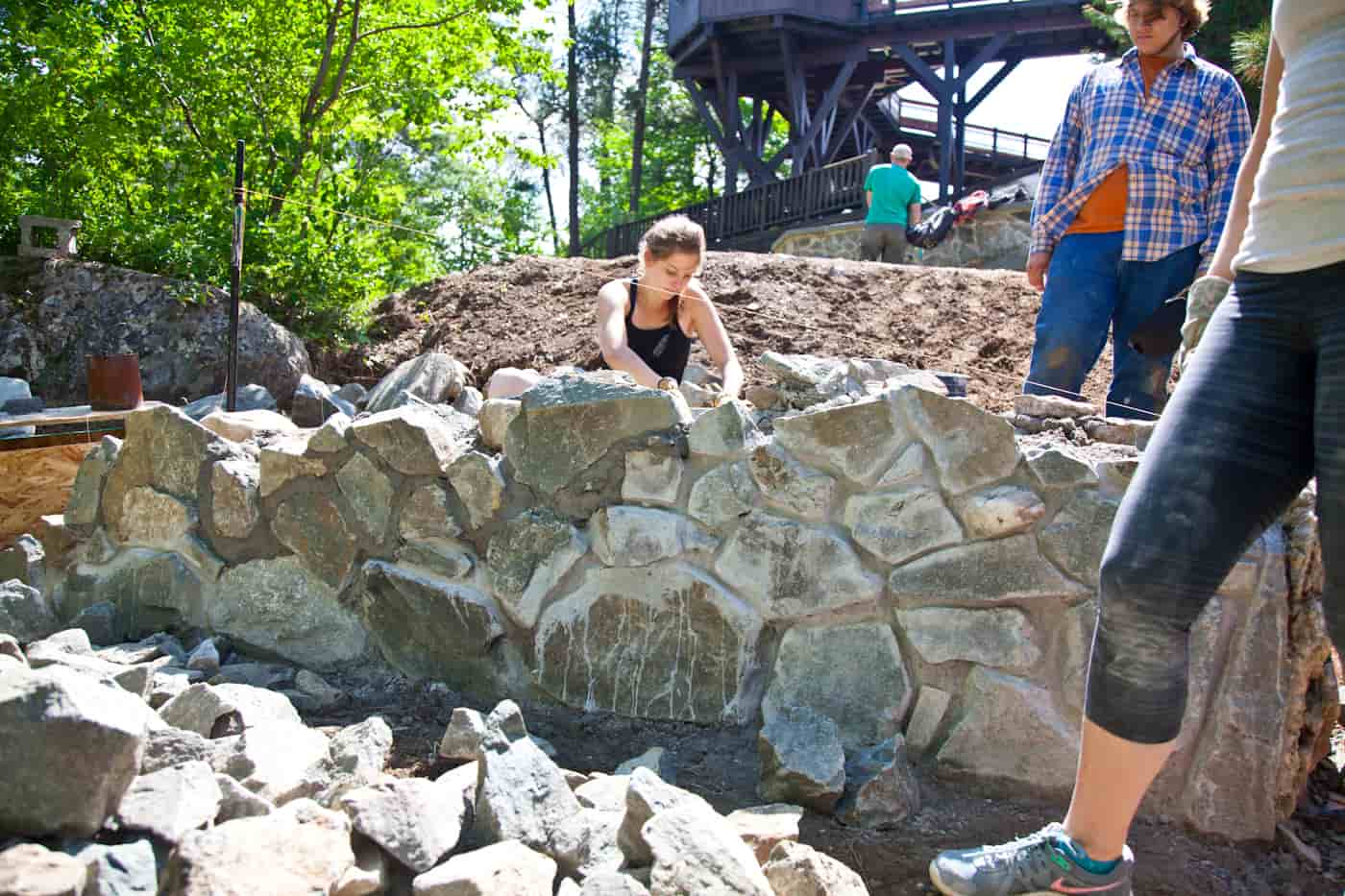
Also Read:
Properties of Marble Stone: All you Need to Know
Basic Things You should Know about Granite Stone
Apart from masonry materials, scaffolding, wooden plank, and door window frames are also as important as masonry materials.
Scaffolding Material
Scaffolding is a temporary structure used in building construction, to form a platform for workers, structural material and appliances required during construction. It is not advisable to use bamboos for internal scaffolding. M.S. scaffolding chair (M.S. Ghodi) should be used for internal scaffolding.
Scaffolds and their segment must be capable of supporting without failure at least 4 times the maximum intended load. During setting up and dismantling of scaffolds safety cordons, warning signs and other safety measures shall be provided to ensure safety. Overhead protection should be provided for men on a scaffold exposed to overhead hazards. Slippery conditions on scaffolds should be eliminated immediately after they occur.
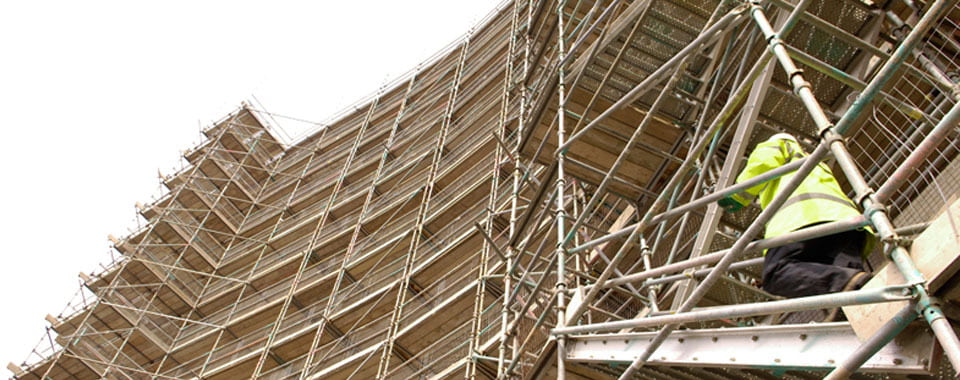
Door and Window Frame
(a) Wooden
All frame should be checked for sizes, straightness, edges, wood material, colour, diagonals etc. Ensure that timber/ wood used in door and window frame should be free from cracks, decay, shakes, sapwood, and dead knots. Check the overall sizes, diagonals, section, and right angle of the door and window frame before fixing it in masonry.
Provision of holdfast should be done properly. Ensure that all the vertical members are straight in line. Also check their plumb. The underside of the window or door frame should be painted with either wood primer or bituminous paint before fixing with the wall.
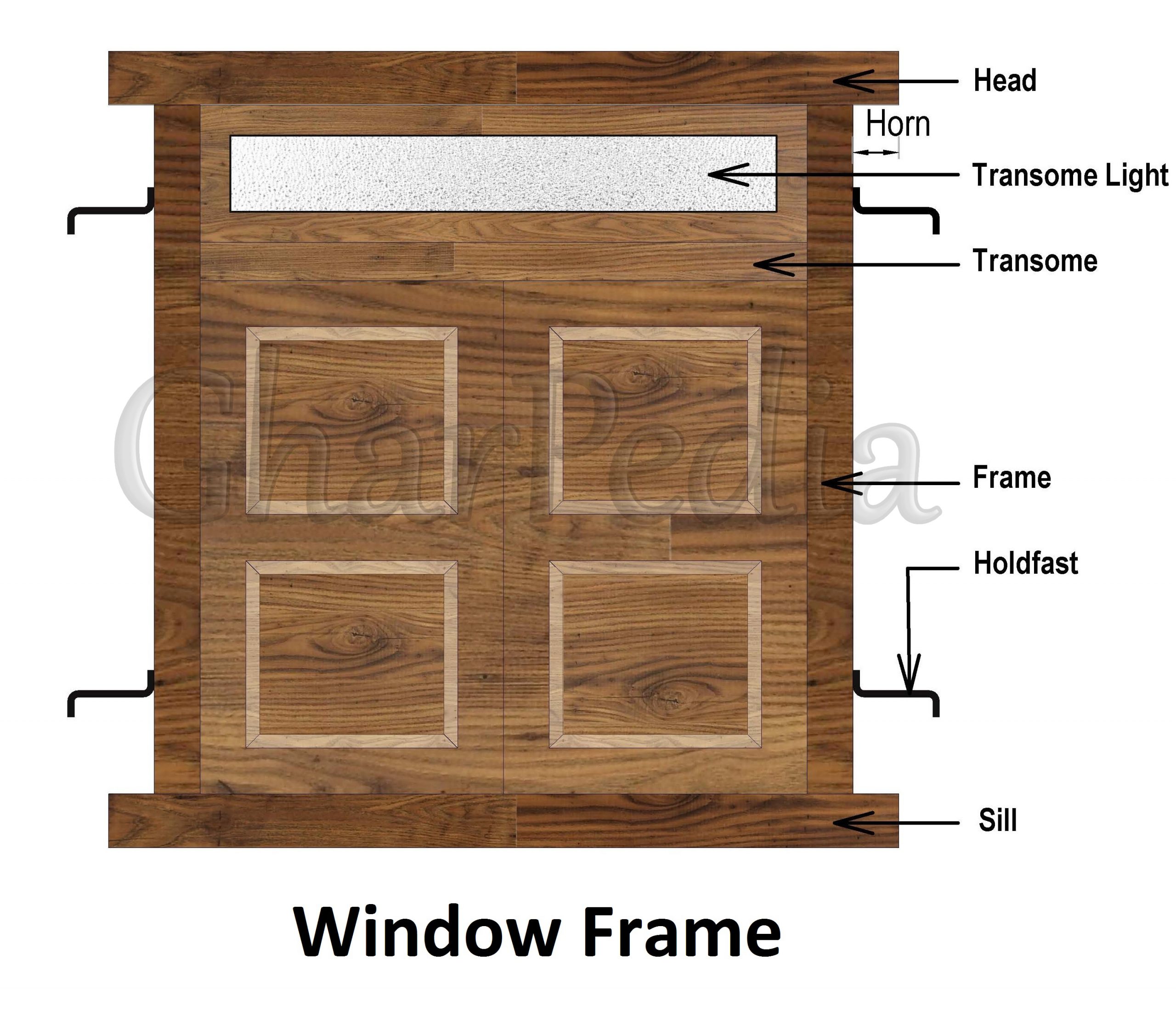
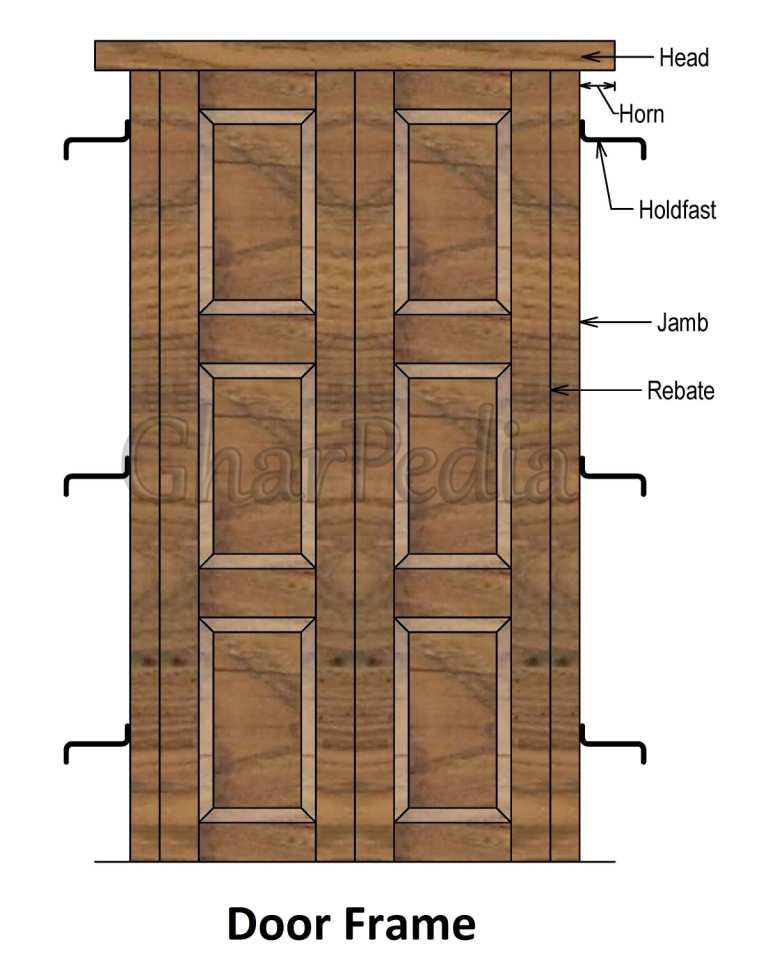
Also Read:
Various parts of a Windows Frame
Different Parts of a Door Frame
(b) Aluminum
Ensure that the Aluminium door and window frames are made by reputed manufacturer workshop using machines. Ensure that the members are from standard sections and from reputed firm. Check that the fasteners used should be zinc plated. The drilling and cutting should be done by machine and not by hand tool.
Check that while fixing the aluminium frames, steel screws should be used instead of iron screws. Ensure that the corners of window and door are at right angle. Ensure that while fixing the frame, the frame should be in straight line and in plumb. Ensure that the aluminium windows and door frame are free from cracks, surface flaws.
(c) Wooden Planks
For performing safe masonry work, planks must be strong, stiff, and sound enough to carry the loads imposed by workers, tools, and materials. They must be installed correctly and supported adequately. Check for quality.
Check type of timber i.e. Silver Oak/Junglee wood etc. Check overall size of plank i.e. straight and as per required size. Minimum size of plank should be 1 ½ “thick. Check for presence of cracks (if any).

Masonry is durable form of construction, though, the materials used, the quality of the mortar and workmanship, and the pattern in which the units are assembled can affect the durability of the overall masonry construction.
Also Read:
Separation Cracks between Masonry Walls and Door Frame Joints
Separation Cracks between RCC and Masonry Joints


































